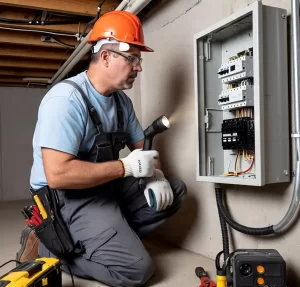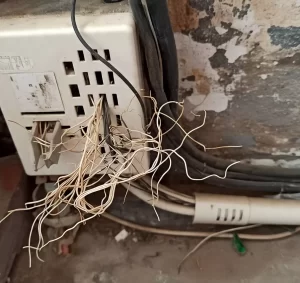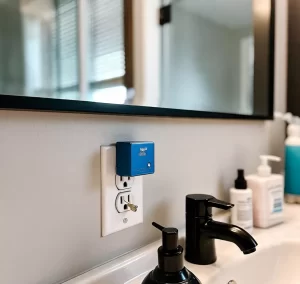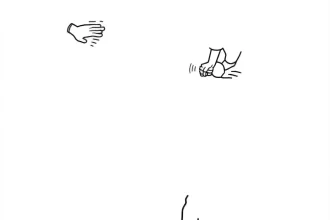HOW-TO Prevent and Manage Short Circuits at Home: Essential Tips
Introduction
Short circuits at home are a common but dangerous problem in many households. They can lead to electrical fires, damage to appliances, and even serious injuries. Understanding how to prevent and manage short circuits at home is crucial for ensuring the safety of your family and property. This guide provides comprehensive information on the causes of short circuits, safety measures, and steps to take in case of an electrical emergency.
Understanding Short Circuits
A short circuit occurs when an electrical circuit allows current to travel along an unintended path with little or no electrical impedance. This usually happens when the hot wire (carrying current) touches a neutral wire, causing a large amount of current to flow and potentially overheating the wiring.
Causes of Short Circuits
- Damaged Wiring: Insulation on wires can become damaged over time, leading to exposed wires that can touch each other.
- Loose Connections: Poorly connected wires can come into contact, causing a short circuit.
- Overloaded Circuits: Too many appliances on one circuit can cause overheating and short circuits.
- Faulty Appliances: Appliances with damaged wiring or internal short circuits can cause problems when plugged in.
Preventing Short Circuits at Home
Regular Electrical Inspections
Schedule regular inspections by a certified electrician to check the condition of your wiring, circuit breakers, and overall electrical system. This helps identify and fix potential issues before they become serious problems.
Proper Use of Electrical Outlets
Avoid overloading electrical outlets by plugging in too many devices. Use power strips with surge protectors and distribute the electrical load across multiple outlets.
Maintaining Appliances
Regularly check and maintain your electrical appliances. Look for frayed cords, exposed wires, and other signs of damage. Replace or repair damaged appliances immediately.
Upgrading Old Wiring
If your home has old or outdated wiring, consider upgrading it. Modern wiring standards provide better protection against short circuits and other electrical hazards.
Identifying Signs of a Short Circuits at home
Tripped Circuit Breaker
One of the most common signs of a short circuit is a tripped circuit breaker. Circuit breakers are designed to cut off the electrical supply when they detect an overload or short circuit.
Burning Smell or Scorch Marks
A burning smell or scorch marks around outlets or wiring can indicate a short circuit. This requires immediate attention to prevent a potential fire.
Flickering or Dimming Lights
Lights that flicker or dim frequently can be a sign of a short circuit or other electrical problem. Investigate the cause to ensure it doesn’t lead to a more serious issue.
Buzzing Sounds
Unusual buzzing or crackling sounds from outlets or switches can indicate a short circuit. Turn off the power and consult an electrician to investigate the source.
What to Do During a Short Circuit
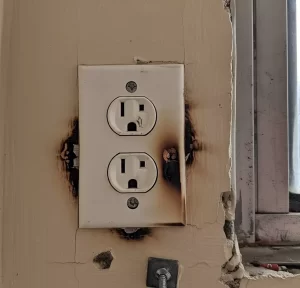
- Immediate Actions
- Turn Off Power: If you suspect a short circuit, immediately turn off the power at the circuit breaker to prevent further damage or fire.
- Unplug Devices: Unplug all devices from the affected circuit to isolate the problem.
- Inspect for Damage: Check for visible signs of damage such as burnt outlets, melted wires, or scorched appliances.
- Contacting a Professional
After taking initial safety steps, contact a licensed electrician to inspect and repair the issue. Never attempt to fix electrical problems yourself unless you are qualified to do so.
Safety Tips for Handling Electrical Emergencies
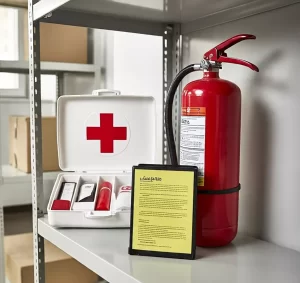
- Fire Safety Measures
- Use a Fire Extinguisher: If a fire starts due to a short circuit, use a Class C fire extinguisher designed for electrical fires.
- Evacuate if Necessary: If the fire is uncontrollable, evacuate your home immediately and call emergency services.
- First Aid for Electrical Shock
• If someone receives an electrical shock
- Do Not Touch Them
Use a non-conductive object like a wooden broom handle to push the person away from the source.
- Call for Help
Call emergency services immediately.
- CPR
If the person is not breathing, administer CPR if you are trained to do so.
Upgrading Your Home’s Electrical System
Installing Ground Fault Circuit Interrupters (GFCIs)
GFCIs are designed to protect against electrical shock by shutting off power if they detect an imbalance. Install them in areas with high moisture levels, such as kitchens, bathrooms, and outdoor outlets.
Using Arc Fault Circuit Interrupters (AFCIs)
AFCIs protect against electrical fires by detecting arcs, which are a type of electrical discharge. These devices are especially useful in older homes with outdated wiring.
Whole-House Surge Protectors
Install whole-house surge protectors to safeguard your electrical system and appliances from power surges caused by lightning or other disruptions.
Educating Your Family on Electrical Safety
Teaching Children
Teach children about the dangers of electricity and the importance of not touching electrical outlets or appliances without supervision.
Emergency Drills
Conduct regular emergency drills with your family to ensure everyone knows what to do in case of an electrical emergency.
Creating a Safety Plan
Develop a comprehensive safety plan that includes emergency contacts, evacuation routes, and steps to take in case of a short circuit or fire.
Stay Safe, Stay Prepared! Preventing and managing short circuits at home is essential for protecting your family and property. Start by conducting regular inspections, maintaining appliances, and educating your family about electrical safety. Share this guide with friends and family to help them stay safe too!
For more detailed advice on Electrical Safety >> >> >> ESFI
For more detailed advice on Fire Protection >> >> >> NFPA
For more detailed advice on Safety and Health >> >> >> OSHA


